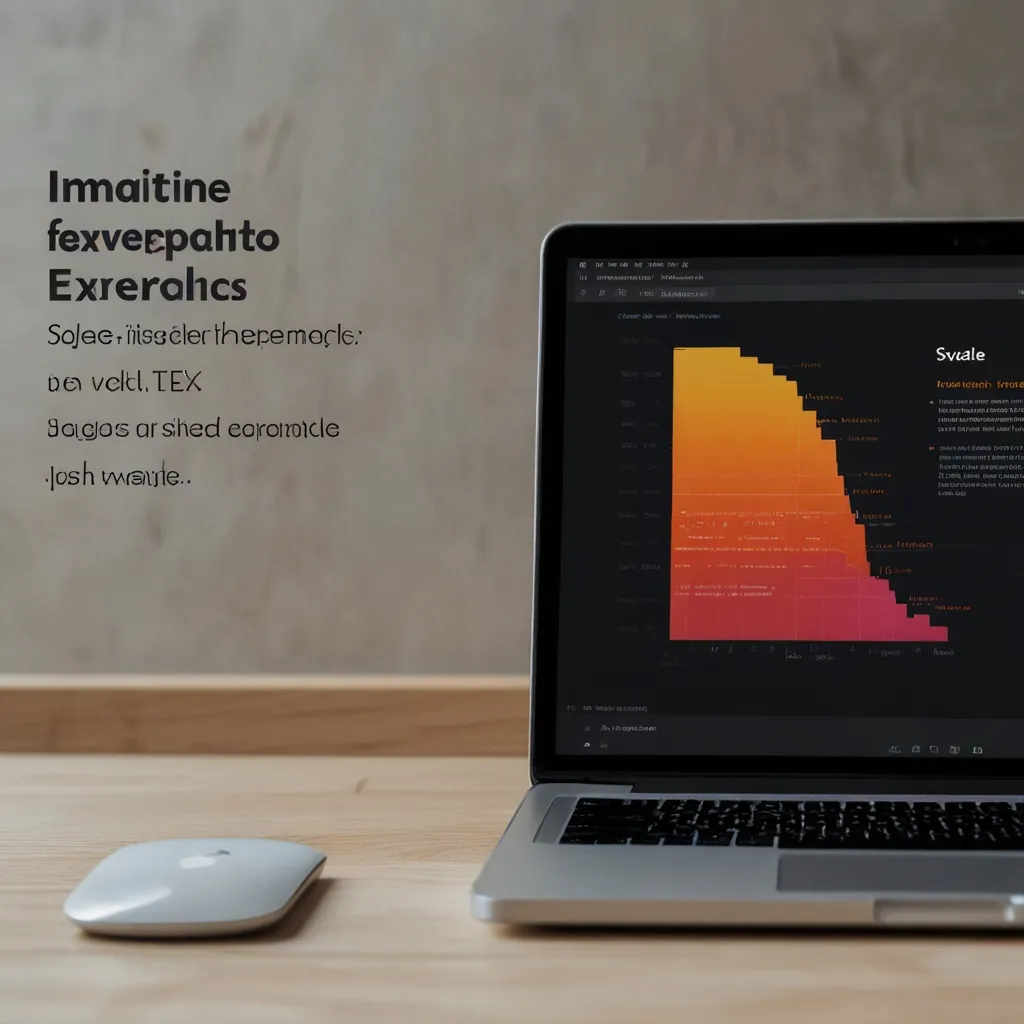When diving into the world of Python web applications, the plethora of frameworks you can choose from can leave you scratching your head. But, among the crowd of options, TurboGears shines brightly for its versatility and scalability. Whether you’re building a small-scale app or a large enterprise solution, TurboGears can adjust to your needs seamlessly, making it a top pick for many developers.
TurboGears is fascinating because it lets you start simple and go big as your project evolves. You don’t have to grapple with complex settings right out of the gate. You can fire up a minimal, single-file app and let it grow from there. Picture this: you write a few lines of code, and voila, you’ve got yourself a HTTP server up and running, ready to greet the world with a friendly “Hello World”! Here’s a quick peek:
from wsgiref.simple_server import make_server
from tg import MinimalApplicationConfigurator, expose, TGController
# Define the root controller of our web app
class RootController(TGController):
@expose(content_type="text/plain")
def index(self):
return 'Hello World'
# Configure a new minimal application with our root controller
config = MinimalApplicationConfigurator()
config.update_blueprint({
'root_controller': RootController()
})
# Serve the newly configured web application
print("Serving on port 8080...")
httpd = make_server('', 8080, config.make_wsgi_app())
httpd.serve_forever()
All it takes is running this snippet, and if you’ve got TurboGears installed (pip install TurboGears2), your browser will happily display a “Hello World” message when you visit your local server. Simple, right?
As your app’s ambition grows, so does TurboGears. With the gearbox toolchain, you can step up your game and morph your app into a full-scale application. Let’s break it down. First off, installing the development tools is a breeze. Next up, a quick startup command sets the skeleton of your project, and soon after, installing the dependencies gets everything in place. Finally, a simple serve command, and your app is ready, armed with a solid MVC structure, database support, and more.
One thing that TurboGears nails is the MVC (Model-View-Controller) architecture. This design pattern breaks down your app into manageable, interconnected components, making your code neat and easy to maintain. Imagine the UsersController handling user-related actions while RootController stands as the gateway to your app. Such separation of concerns keeps things clean and straightforward.
Let’s add another feather to TurboGears’ cap, the database support. Whether you fancy using SQLAlchemy for your relational database needs or prefer MongoDB’s NoSQL flair, TurboGears has got you covered. Here’s a small example showcasing how you can interact with a relational database using SQLAlchemy:
from sqlalchemy import create_engine, Column, Integer, String
from sqlalchemy.ext.declarative import declarative_base
from sqlalchemy.orm import sessionmaker
engine = create_engine('sqlite:///example.db')
Base = declarative_base()
class User(Base):
__tablename__ = 'users'
id = Column(Integer, primary_key=True)
name = Column(String)
Base.metadata.create_all(engine)
Session = sessionmaker(bind=engine)
session = Session()
TurboGears also packs a punch with its built-in templating engine, Kajiki. Speedy and secure, Kajiki brings an added layer of elegance to your application. Its XHTML-based templates mean they are easy to manipulate with WYSIWYG editors, streamlining your workflow while maintaining security.
Routing, another cornerstone of web applications, is handled beautifully in TurboGears through its Object Dispatch system. This smart system gels well with your code, making the URL structure intuitive. For example, if you have a UsersController and a RootController, it’s straightforward to map the URLs to the functions serving them.
TurboGears isn’t just about getting things done; it also grooms your app to be extended and customized. This framework gives you free rein to craft and plug in your own modules, making it highly adaptable. Whether it’s crafting a custom authentication module or any other functionality, TurboGears flexes to fit your needs.
In real-world applications, TurboGears has proved its mettle time and again. For instance, Apache Allura, an online platform for project management and code repositories, leverages TurboGears for its development. Similarly, Kamisons, an eCommerce platform selling umbrellas, relies on TurboGears, showcasing its practicality and reliability across varied domains.
TurboGears rides on the philosophy of flexibility and power. From handling small apps to catering to complex, full-stack web applications, it scales gracefully. The mix of robust database support, great templating system, and intuitive routing makes it a versatile tool. Hence, whether you’re scheming a prototype or an enterprise-level solution, TurboGears arms you with the required arsenal to build top-notch web applications.
Embarking on a journey with TurboGears might just be the decision that propels your web development skills to the next level. It’s a solid companion, ready to grow and adapt with your project, ensuring you’re equipped to tackle challenges head-on. Dive in, get your hands dirty, and discover the potential TurboGears brings to the table. Who knows, it might just be the perfect match for your next big web app!






